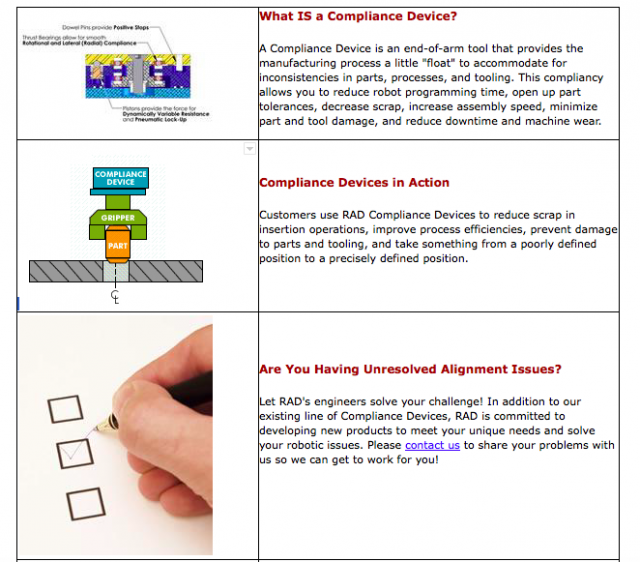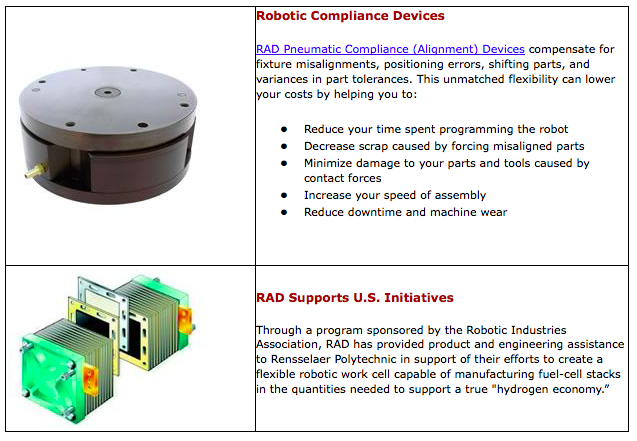Robotic grippers support a diverse range of automation solutions which is why there are different types. Grippers allow the machine to grab, hold, or move an object, similarly to how a human hand works. There are different sizes and styles which can be applied for your particular application.
Two of these options include 2-jaw and 3-jaw grippers. Their differences matter in regards to what they’re being used for, but each provides its own benefits for a variety of functions. Here are the differences between a 2-jaw and 3-jaw end of your arm robotic gripper.
A 2-Jaw Gripper Offers Affordability and Ease of Automation
 One of the most popular styles for automation processes, all styles of 2-jaw grippers provide two different locations where the “fingers” of the gripper touch the item that needs to be manipulated. The gripper closes in towards the center, allowing it to be adapted to the particular shape of an object and providing equal amounts of force for stability.
One of the most popular styles for automation processes, all styles of 2-jaw grippers provide two different locations where the “fingers” of the gripper touch the item that needs to be manipulated. The gripper closes in towards the center, allowing it to be adapted to the particular shape of an object and providing equal amounts of force for stability.
2-jaw grippers are simple enough to apply to automated processes in which consistency is key, but they’re also useful across a wide range of tasks. 2-jaw grippers offer affordable solutions for people who need simple yet dependable grippers for their machines.
3-Jaw Grippers Provide More Reliability and Accuracy
 Instead of having two locations where the end of the gripper touches the object, there are three in 3-jaw grippers. Having another “finger” to support the movement of the object allows the object to be moved more accurately, and provides better centering. Its parts move together to provide the most secure grip on an item.
Instead of having two locations where the end of the gripper touches the object, there are three in 3-jaw grippers. Having another “finger” to support the movement of the object allows the object to be moved more accurately, and provides better centering. Its parts move together to provide the most secure grip on an item.
What this means is that 3-jaw grippers provide more flexibility, and the gripper can even adjust itself to the specific shape of the component being grasped. In addition to its reliability and accuracy, 3-jaw grippers can carry larger objects in comparison to its structure than 2-jaw grippers.
Your Choice Depends on Your Specific Application
Whether your choose a 2-jaw or a 3-jaw gripper for the end of your robotic arm really depends on what particular application you need them for. In some situations, a 2-jaw gripper will work fine, but in others, a 3-jaw gripper would prove to be a better investment.
RAD provides both 2- and 3-jaw grippers that are operated by air pressure which allows them to securely grip and provide simultaneous movement. Our grippers deliver on the reliability and cost-efficiency you need to support your automation processes!
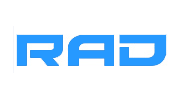
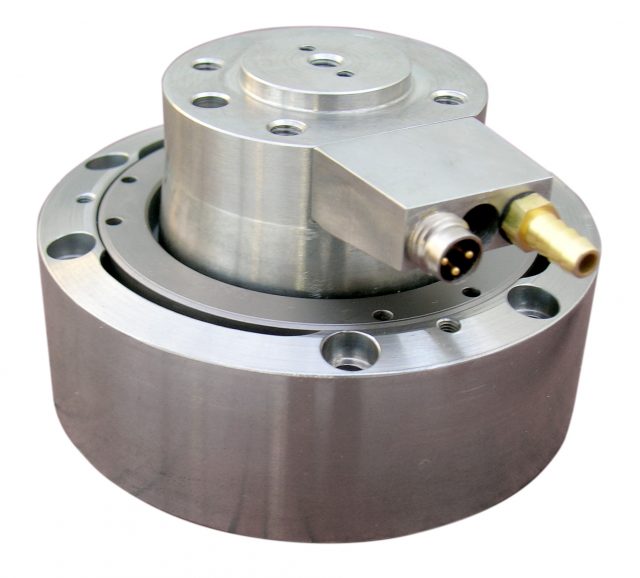
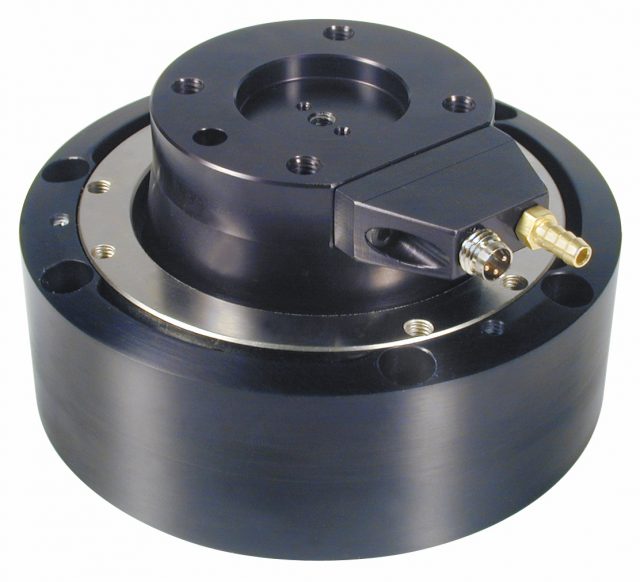 By investing in cutting-edge collision sensors for your robots, you invest in long-term cost savings.
By investing in cutting-edge collision sensors for your robots, you invest in long-term cost savings. RAD’s
RAD’s 
